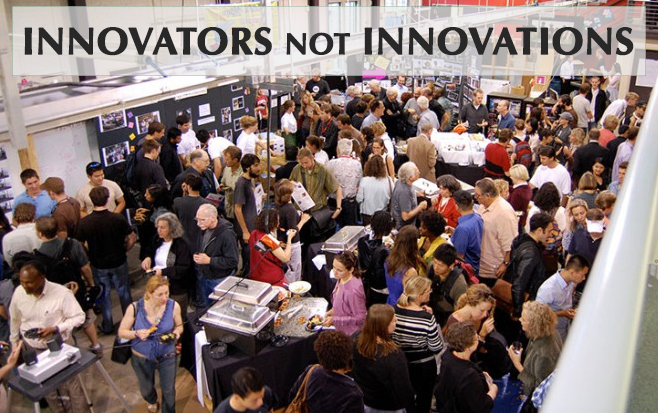What moves us forward is new ideas, images or concepts and action. It’s what we call creativity, and when it occurs in the workplace, innovation. It’s what Einstein called “imagination,” when he said “…imagination embraces the entire world, stimulating progress, giving birth to evolution.“

“Creativity is the new literacy,” according to Chase Jarvis, founder of CreativeLive, and “is the fundamental building block of solutions to every problem that the world has ever known and ever will know.”
While creativity and innovation are critical to the success of most organizations, most have no idea how to cultivate it. Experts in this field are of the mind it’s not something you have or don’t have: it is, in fact, a muscle that is (or is not) developed. It is something organizations (and individuals) can provide for, nourish, feed and ultimately benefit from. Strategically Playful has a toolkit of creativity building exercises and activities that build, develop and stretch creative/innovation muscles.
The founders of IDEO (a creative and innovation consultancy), are very concerned with unlocking the creative potential of people so that innovations are a routine occurrence.
One of those founders, David Kelley, explores, teaches and leads people through creative development as a professor of design at Stanford University. Humans are naturally wildly creative, he says, and as we age, we get more and more blocks to it.
The Biggest Blocks to Creativity
Kelley says his work has become about taking away the blocks people have built that block creativity. Some of the biggest blocks are: Fear of being judged and fear of failing / taking risks.
Kelley has studied the work of Albert Bandura, who has proven scientifically that “the way to make big change is for people to to get over their fears of the new through guided mastery.” In other words, take people through a series of small successes and you will get powerful results.
When we apply the training in our toolkit, it mirrors Kelley’s paradigm of safe risk taking, without judgement. This means sometimes they will try without having perfected the effort. Feedback is an integral component of the process and failure is reframed as input that improves the process.
- What I like is….
- What I wish is…..
- How might we…..(or I wonder….)
It keeps the conversation positive, it acknowledges the spirit of contribution, and it invites collaboration toward a common goal. Without a system to keep this practice in place, the natural and powerful trend to revert to old and reactive patterns will occur. It is a structure applied to the “Yes And” Improv principle.
Rosabeth Moss Kanter, a professor at Harvard Business School, mentions fear of failure as one of the many factors that contribute to the stiffling of innovation and offers ways to cultivate it in this article in the Harvard Business Review.
In fact, it’s when organizations and individuals reframe everything in the realm of failure (seeming stupid, looking silly or bad, unprepared ideas) as part of an iterative (or ideation) process, that creativity and innovation will thrive. A new view of failure arises.

